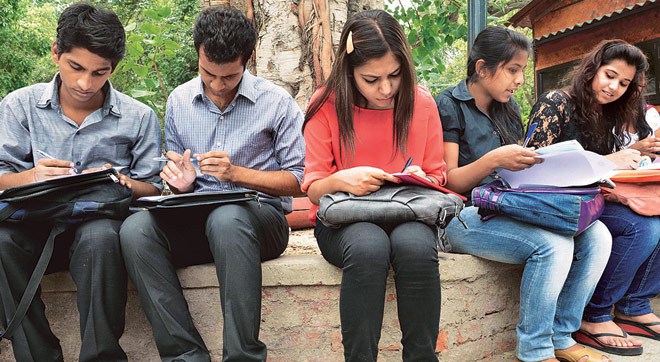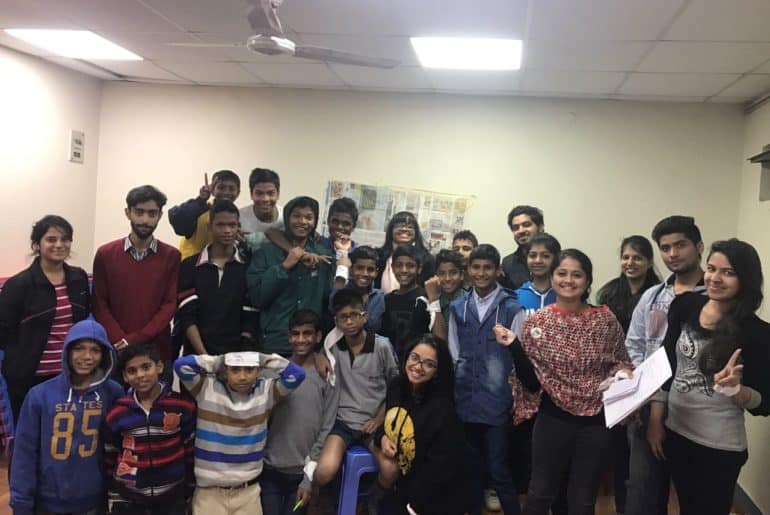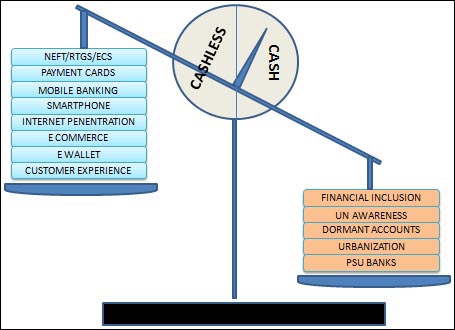An entrance exam for B.Com is in the offing from the upcoming academic session, in order to give students a fair chance to prove their mettle.
It has been speculated that Delhi University is likely to conduct an entrance exam for admission into B.Com courses beginning from the admission process in 2017. Currently, Delhi University conducts entrance examinations solely for professional and post graduate courses; admissions to undergraduate programmes take place on the basis of 12th standard board examination results. The most well known course under DU which does have an entrance examination procedure for the undergraduate course is the Bachelors of Management Studies.
Dr. Manoj Khanna, the convener of the Delhi University admissions committee said, “We are planning to conduct entrance exams for admission to B.Com (Honours) and BA (Programme) for the upcoming academic session. We are ready for this in terms of infrastructure and preparedness. But this needs to be accepted by all statutory bodies.” Dr. Khanna also spoke about forming a tie up with the CBSE board in this regard. He also said that the foundation of this procedure will begin with the Commerce courses, but the committee is also exploring the possibility of this move in the case of other subjects. Dr. Khanna stated, “We are exploring all possibilities. We are taking all stakeholders, including college principals, faculty and students, in confidence and consulting them. If we succeed in organising this competition for the commerce stream, one-third of the student population will be catered to.”
The rationale behind implementing an entrance examination is that many deserving students do not get admission in several reputed courses and colleges due to low scores in board examinations. Through entrance tests all students will be given a fair chance to prove their mettle. Dr. Manoj Khanna also added that the admission committee is discussing the possibility of conducting an entrance test for Science and Humanities courses too. Furthermore, the University is also assessing how to strengthen infrastructure for online admissions and preparation of entrance tests, with a focus towards evolving a “student friendly” admission system.
Image credits: DU Admissions
Joyee Bhattacharya











